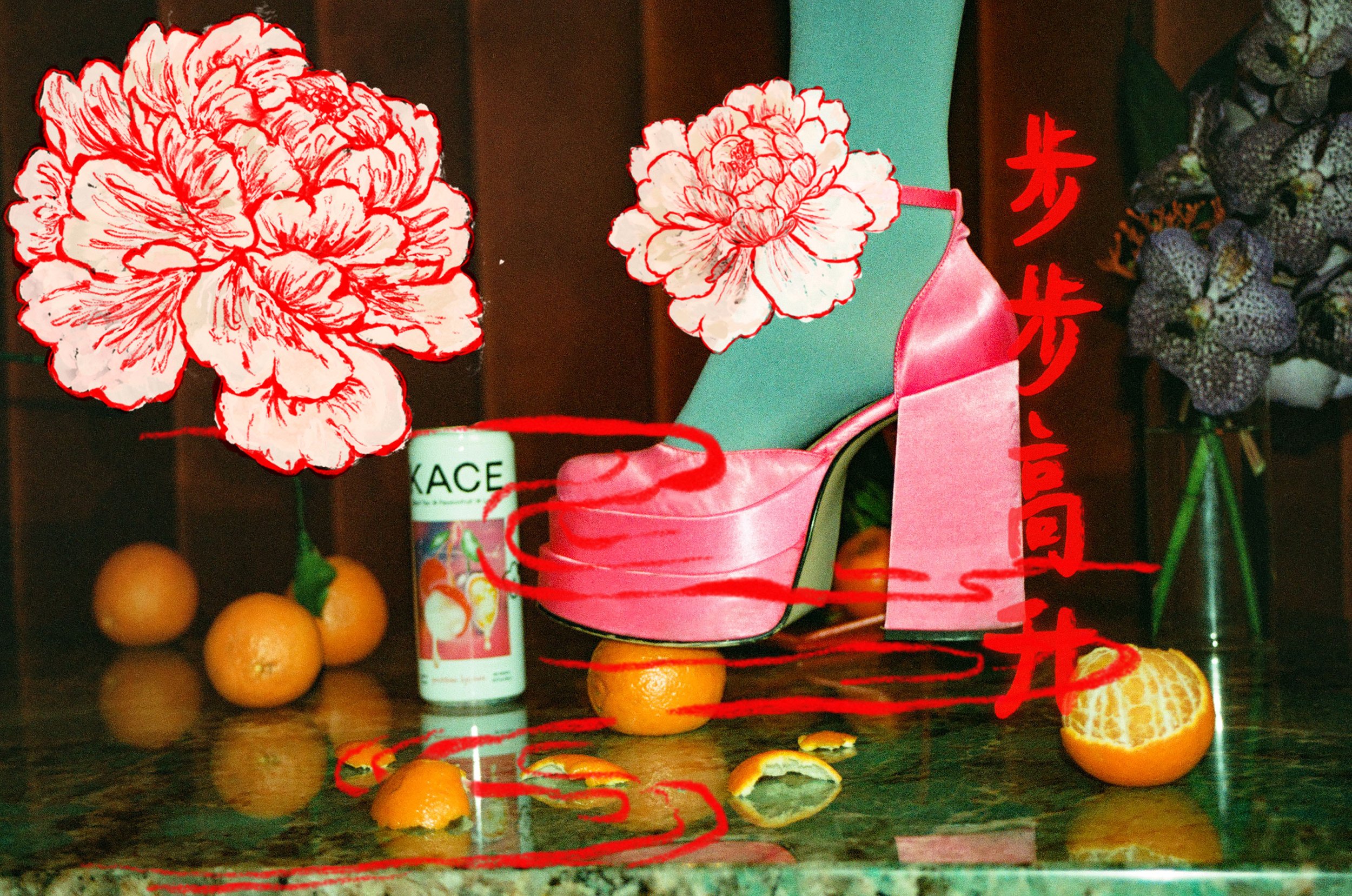Taiwanese-Filipino tea brand KACE builds bridges between AAPI social gatherings and creative expression
Photography & Editing: Trinity White @starrgazerscreative
Graphics: Kim Chuang @kimstrash
Hair: Dominique Rose @__lynnrose
Styling, MUA, Nails: Sabrina Yeh @sab.yeh @nailsby_saby
Clothing: DAWANG @dawangnewyork
Models: Ashley Yao @yao.nation, Sabrina Yeh @sab.yeh, Kyle Gillaspy @kylegillaspy, Hubert “Hü” Gamit @hubertgambit, Airēs Taylor @bubbah_doo, Hanna Chen @taiwanesenoodles
Location Space: Moongate Lounge @moongatelounge









